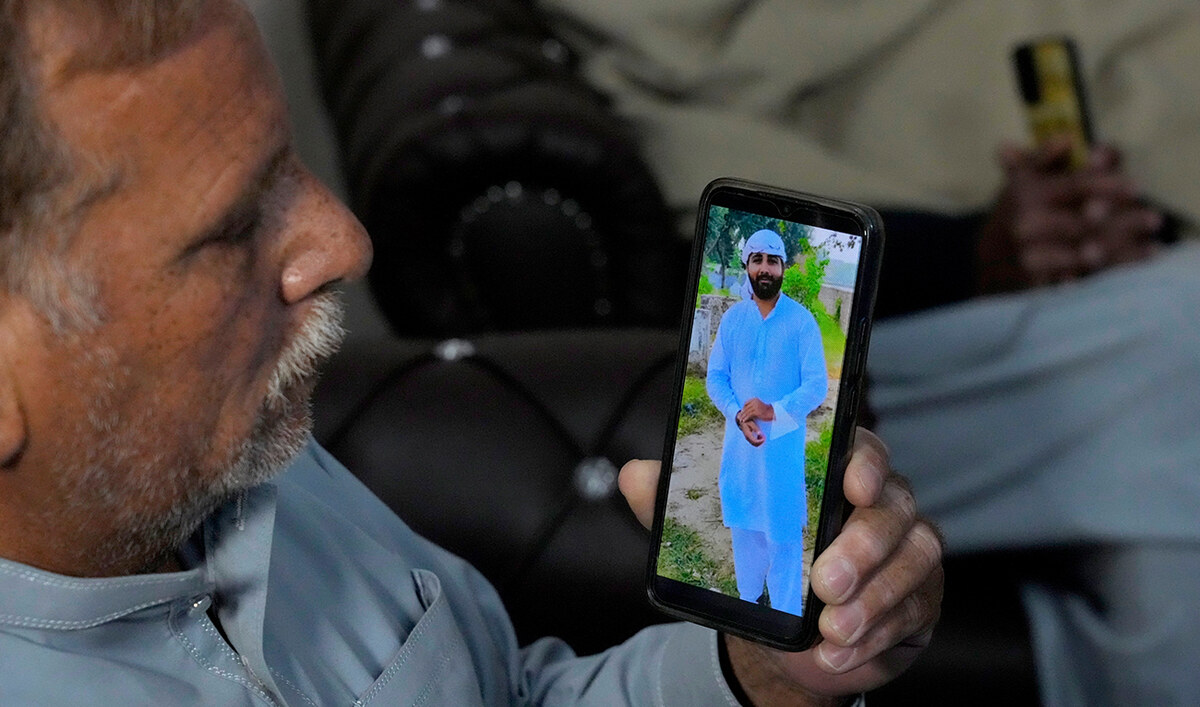KARACHI: Pakistan’s national currency on Friday closed the weekend trading session in the interbank market at Rs174, making experts attribute its continuous slide against the US dollar to the uncertain outcome of the country’s ongoing talks with the International Monetary Fund.
The Pakistani rupee has shed its value against the greenback by 14.4 percent since May 2021 when the currency was trading at about Rs152 per dollar.
While analysts previously attributed the currency depreciation to weak economic fundaments, they believe the Pakistani rupee is now losing its value further due to the continuing IMF negotiations for the completion of the sixth review of a $6 billion loan.
“Earlier, the rupee was under pressure due to the high import bill but its most recent spike is caused by the uncertainty related to the outcome of the IMF talks,” Tahir Abbas, research head at Arif Habib Limited, said. “If we cannot successfully conclude talks with the IMF, it will have an impact on our inflows. A positive outcome, however, will ease off some of the pressure that has recently built on the rupee.”
A top IMF official told Arab News on Friday her organization's negotiations with Pakistan were continuing on how to move forward the bilateral agenda.
“The IMF team remains engaged with our Pakistani counterparts on moving forward our work agenda,” Teresa Dabán Sanchez, the fund’s country head, said. “We are looking forward to our continued discussions with the Pakistani authorities on the set of policies and reforms that could form the basis for the completion of the 6th review under the EFF [Extended Fund Facility].”
The Pakistani currency has also been under pressure for the last several months due to a sharp increase in imports on the back of the country’s economic recovery amid the coronavirus pandemic.
More recently, Pakistan witnessed a significant outflow of US dollars to Afghanistan as well, after the withdrawal of the international forces from the neighboring country in August which further exerted pressure on the Pakistani rupee.
The country’s central bank governor Dr. Reza Baqir tried to highlight the positive dimension of the currency depreciation during his London visit on Monday, saying it benefited the families of overseas Pakistanis since “the volume of their hard-earned remittances are now increasing because of the exchange rate.”
His comment met with strong criticism at home from all segments of the society.
Meanwhile, currency traders said the quantum of trade in the open market had substantially declined due to the condition of biometric verification imposed by the central bank.
“The daily trade volume has declined from $2-3 million to less than half a million dollars due to the condition of biometric verification,” Malik Bostan, chairman of the Exchange Companies Association of Pakistan, told Arab News.
Bostan said many exchange companies were not facilitated by the authorities with biometric equipment which was slowing the open market trade.
“Authorities have assured that the system will be placed by Monday or Tuesday which will enable them to monitor the trade that exceeded more than $500,” he continued.
He said the pressure on the Pakistani rupee due to the surge in demand in Afghanistan had eased off.
“The pressure arising from Afghanistan has subsided, though the import pressure on Pak rupee has continued to increase,” Bostan added.
The country’s stock market also posted losses on Friday and closed 243 points lower at 45578.36 due to the recent decision of the Financial Action Task Force to keep Pakistan under increased monitoring along with the economic uncertainty caused by the IMF negotiations.
“The stocks closed lower due to delay in the conclusion of the Pak-IMF talks and the FATF decision over status quo and retention of the country on the grey list,” Ahsan Mehanti, senior stock analyst and chief executive of Arif Habib Corporation, told Arab News. “Economic uncertainty, surging trade deficit and weakening rupee played a catalyst role in the bearish close.”
























